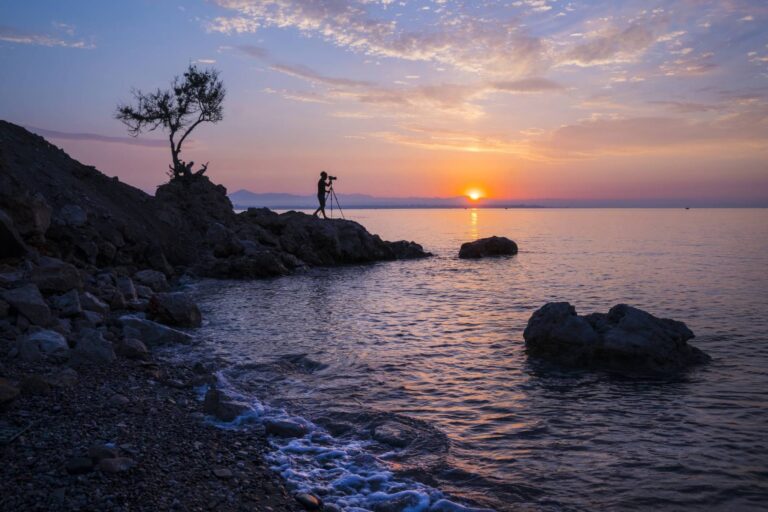A landscape is the most important element in landscape photography. This usually necessitates a wide-angle shot of a natural environment. If there are individuals in the shot, they are usually minor and serve as a point of reference rather than being the main topic.

Landscape photography has been a favourite of photographers since it was possible to transport the necessary equipment out into the natural surroundings.
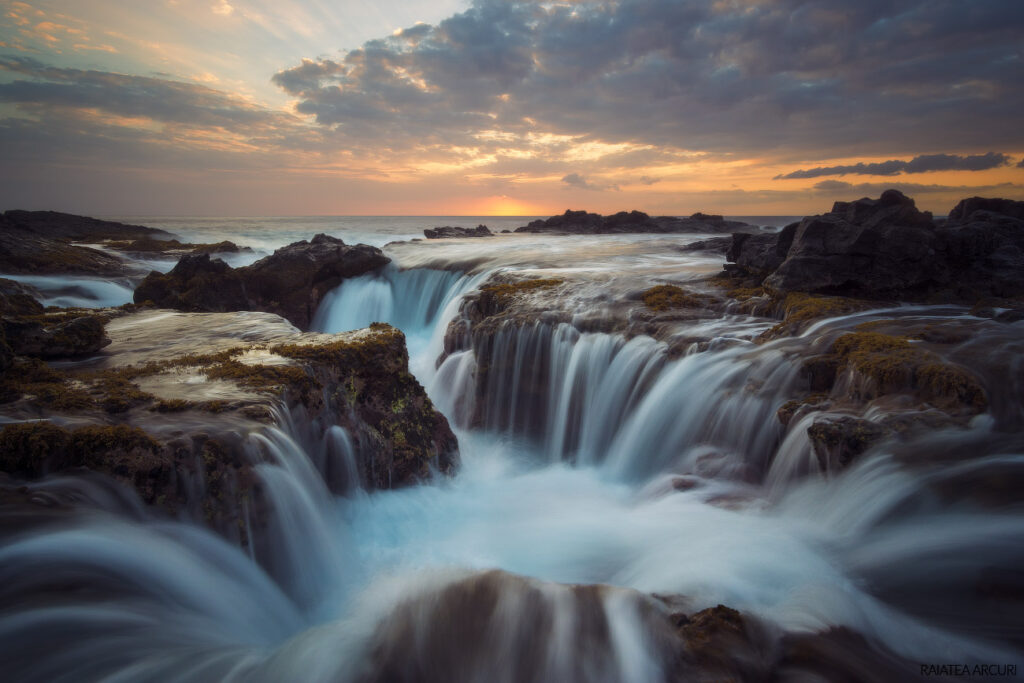
Some people have such negative attitudes toward landscape photography that they are either foolish or pig-headed. Some people believe that views of the water and the seacoast should be excluded from the definition of “landscape.” Those are “seascapes,” they grumble. Others forbid any sign of humanity’s hand from entering the scene. Cityscapes are not permitted.
We recognise a good landscape when we see one. In reality, rather than seeing the same old thing over and over, we want to have our imaginations expanded by unique perspectives. Some canyons and arches, for example, are photographed repeatedly by hordes of photographers from the exact same angle and with the exact same illumination. Enough already! We appreciate urban landscapes and cityscapes as well—all it’s a part of the world we live in.
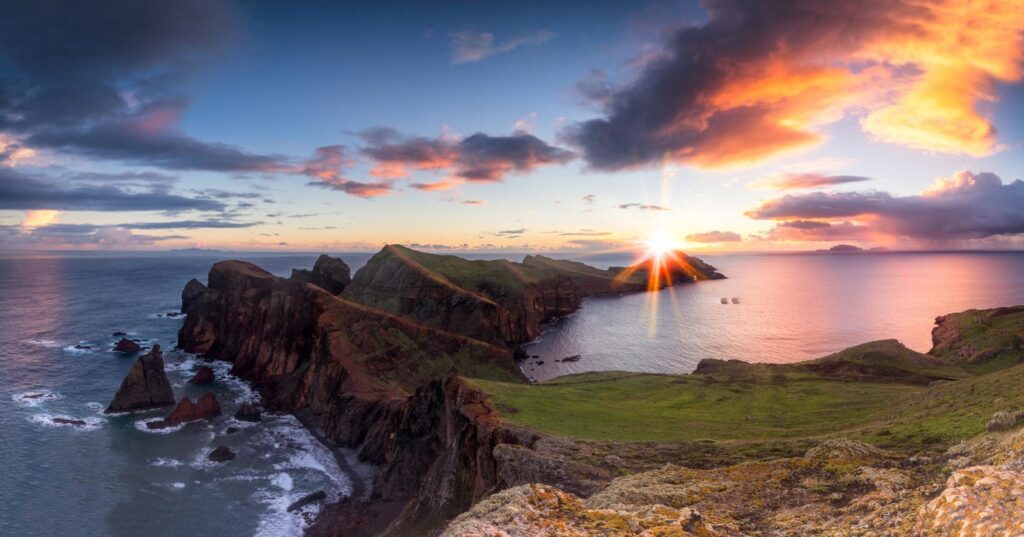
Given how simple it is to create a landscape shot, let’s take a quick look at the ingredients that go into one:
The camera, the lens, and the lens shade
The focal length of your lens will be determined by the landscape subject and your position with relation to it. Wide-angle lenses are frequently used to achieve this, to include as much of the scenery as possible in your image If you’re visiting the Grand Canyon, however, you might find that utilising a long lens to isolate an interesting area of this huge natural wonder makes more sense.
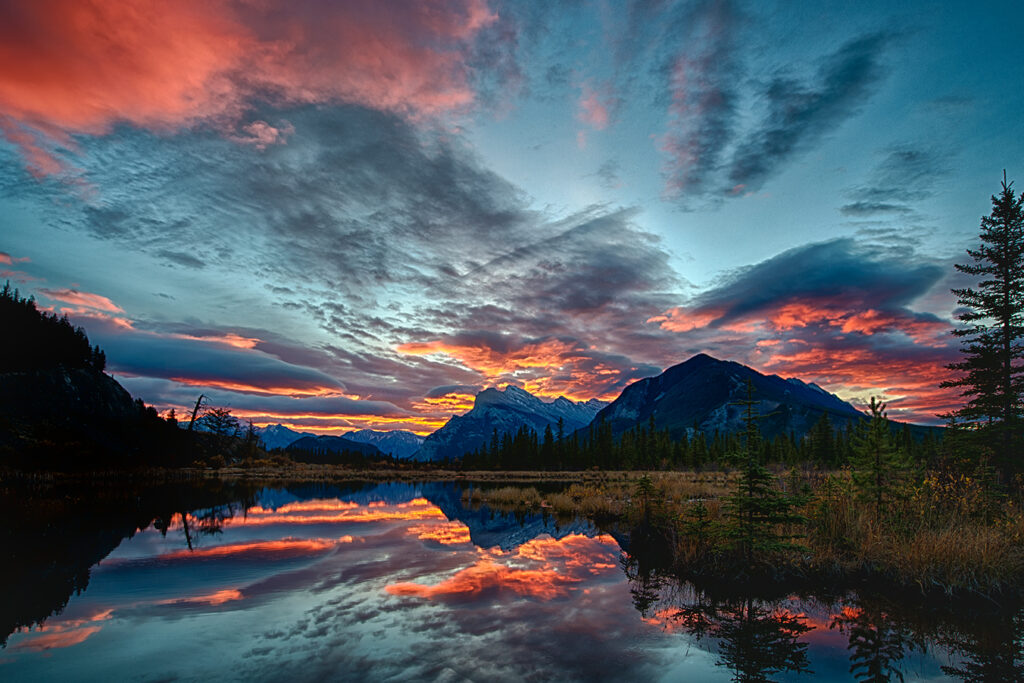
There is a risk of flare if the sun is in your shot or slightly outside the frame you’ve chosen. As a result, using a lens cover or lens shade to prevent undesired flare in your shot makes sense. That’s not to say you should avoid flare at all costs. There are occasions when a little flare can assist make a photograph, especially if you’re capturing harsh tropical or desert scenery.
Tripod Another advantage of using a tripod is that it allows you to make precise shots. photographs taken in low-light conditions A lot of beautiful scenery images are taken at or near sunrise or sunset, or in the evening twilight. You won’t be able to handhold your camera under those conditions.
Filters and Film

Any of today’s outstanding films can be used for landscape photography. When Fuji’s slide film Velvia first arrived on the scene over 10 years ago, its vivid colours set a new benchmark for sharp colours and pure blue skies. Since then, both Kodak and Fuji have introduced a slew of new “improved” films to the market.

This is an area where your artistic choices can make your landscapes unique and personal. If you’re visiting a picturesque place, it might be a good idea to look around. look through some existing landscape images to see how other photographers have portrayed the location This will give you an idea of the possibilities, as well as what photos have been “done to death” and should be avoided.
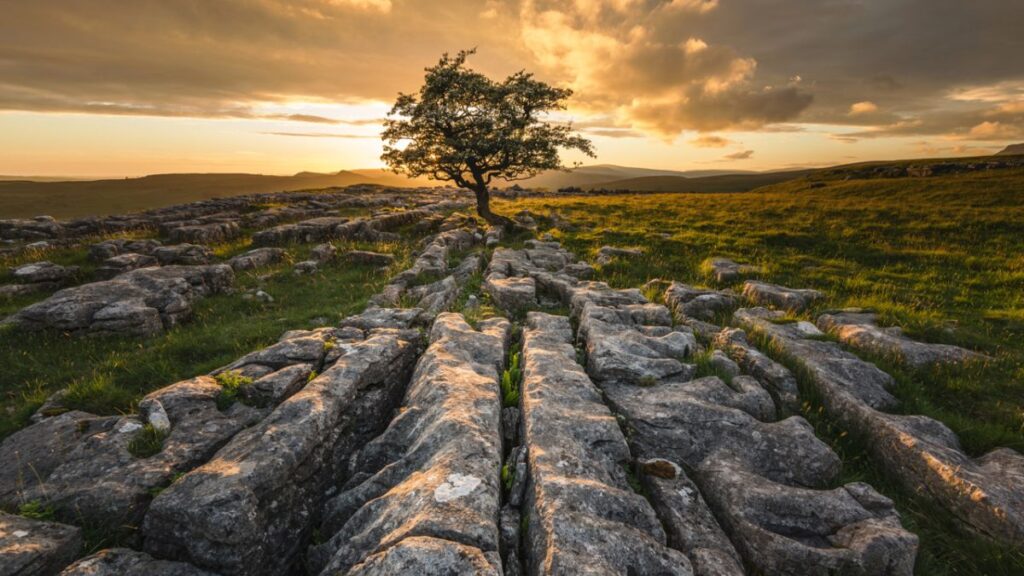
Te and Direction
This is the other crucial creative area where your images may stand out from the crowd. Everything is magical when you are at the right spot at the right time. Other times, you may have to wait a long time for even excellent, let alone perfect, picture conditions.
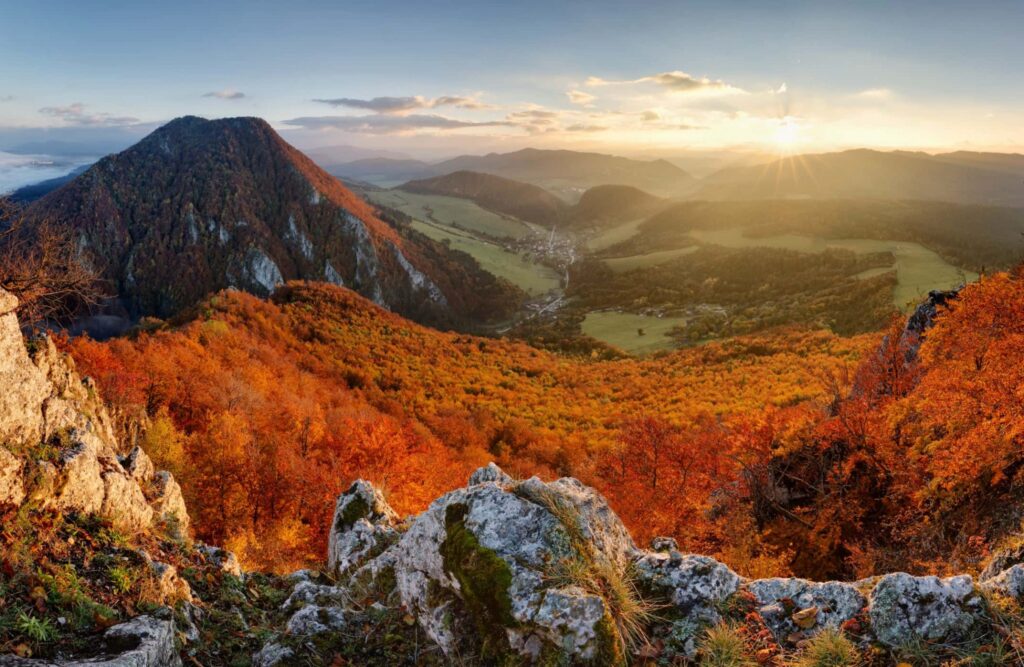
Unless you’re independently wealthy or extremely serious and willing to go hungry, your time is definitely limited. You may only have a limited amount of time, especially if you’re visiting a far region. a day, or even a few hours, in a spectacular area In these cases, you’ll have to make do with the weather and illumination that you’re given.
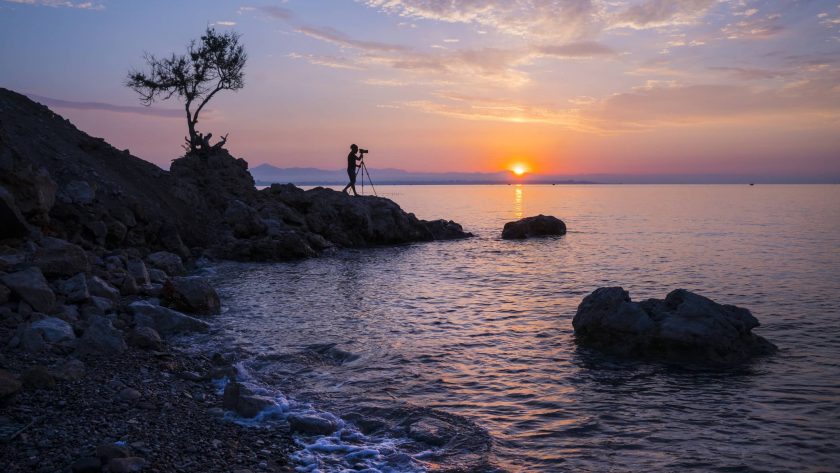
The opportunities for alteration are considerably higher in today’s “digital darkroom.” Not only may tones be simply adjusted, but annoying indications of civilization—a signpost, wires, or even the contrail of a passing jet—can also be quickly removed.
Some photographers consider a digital modification to be a significant advancement. Other, more traditional photographers, as you could assume, consider it an inappropriate practice. This is another instance where you will have to rely on your own discretion.

This essay was created to pique your interest in the potential of landscape photography. There’s a wonderful world out there—with a little forethought. You may capture that beauty in a way that means something to you. Next month, in addition to discussing fall colours, we’ll discuss composition, framing, and scale.

